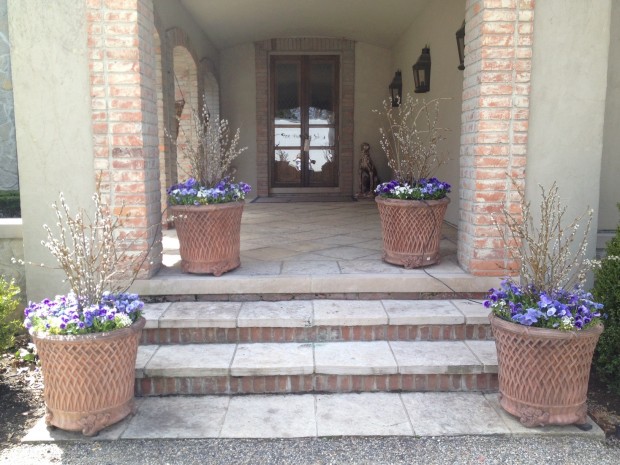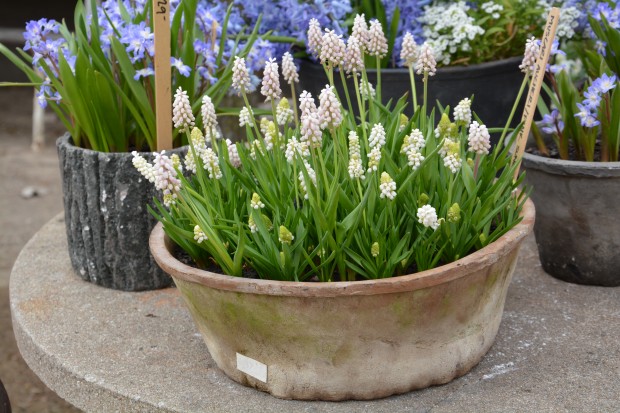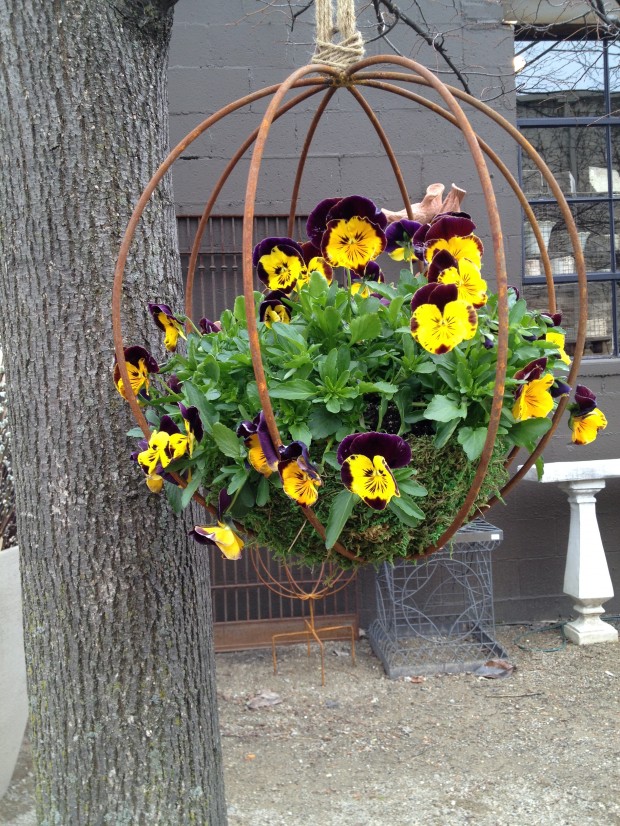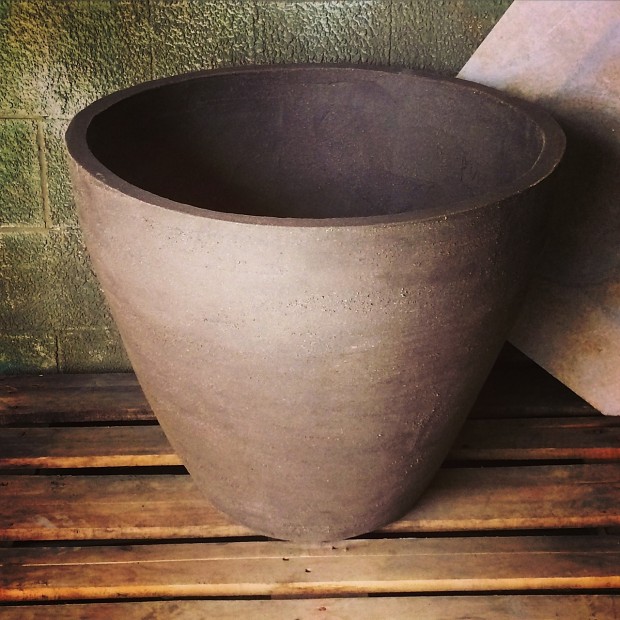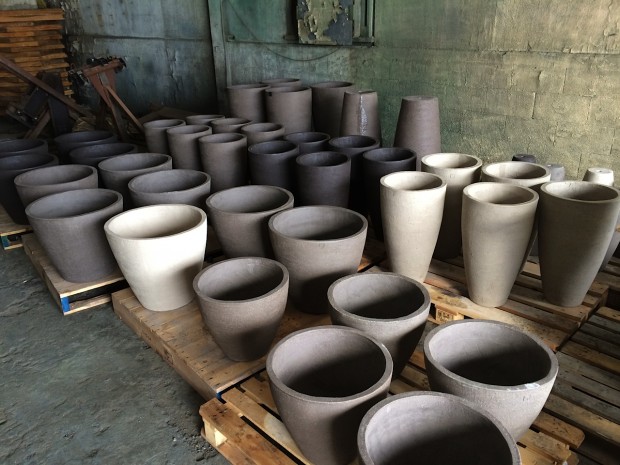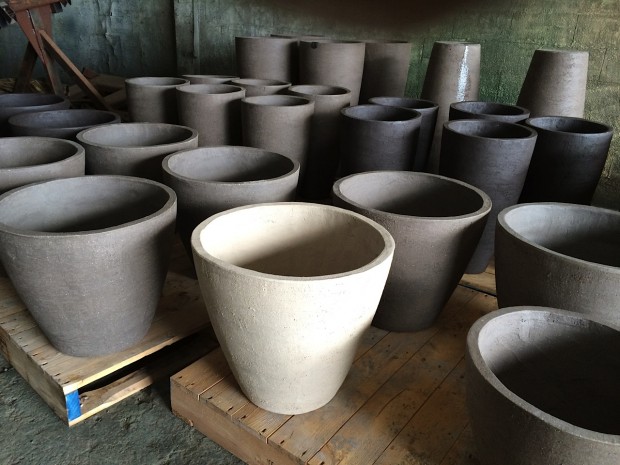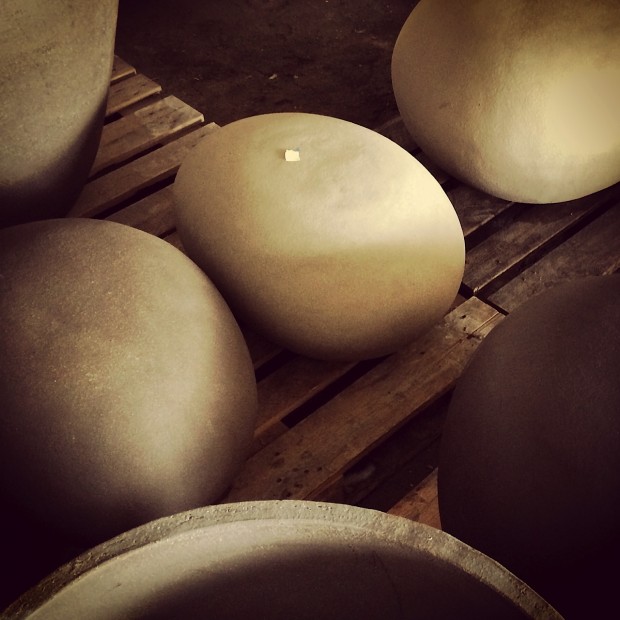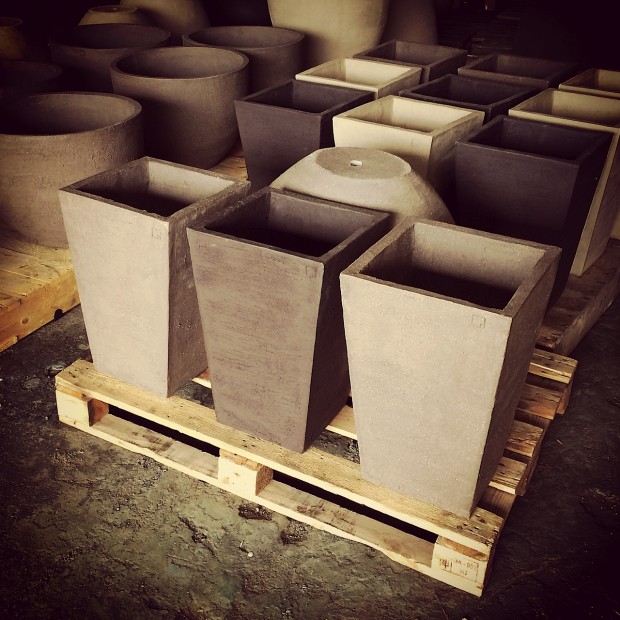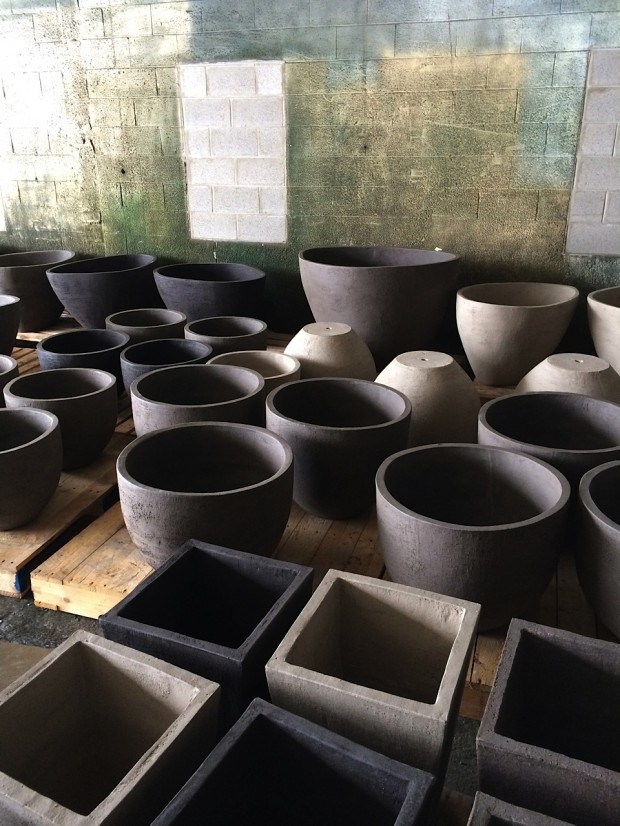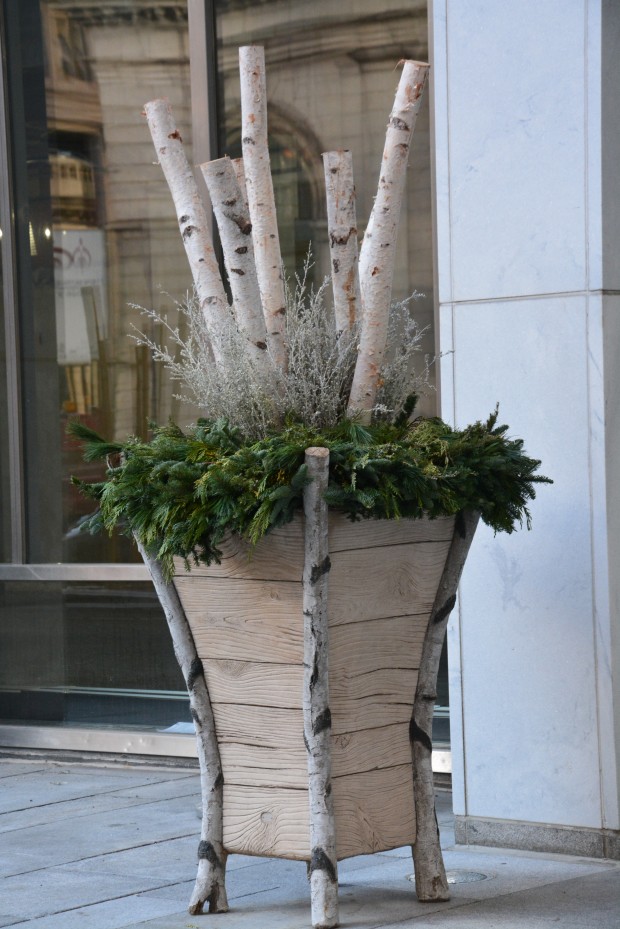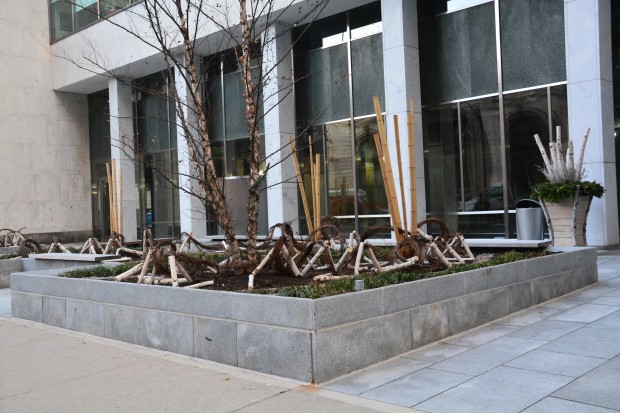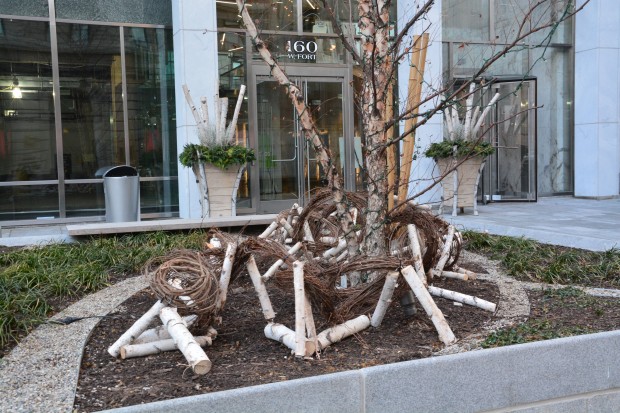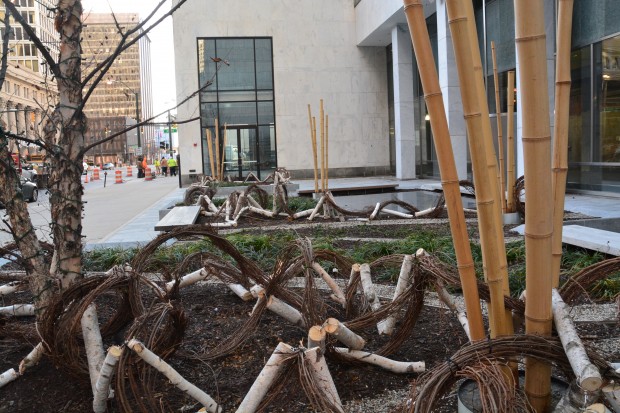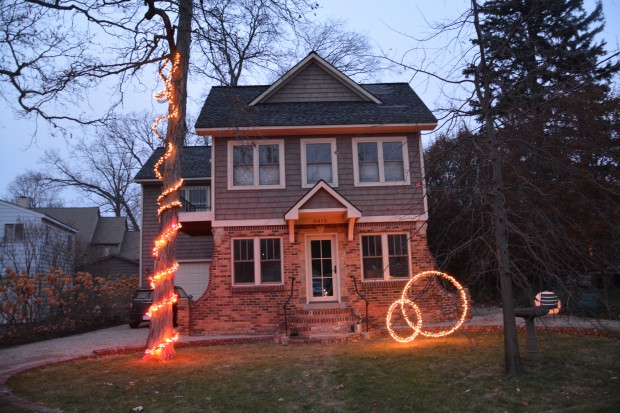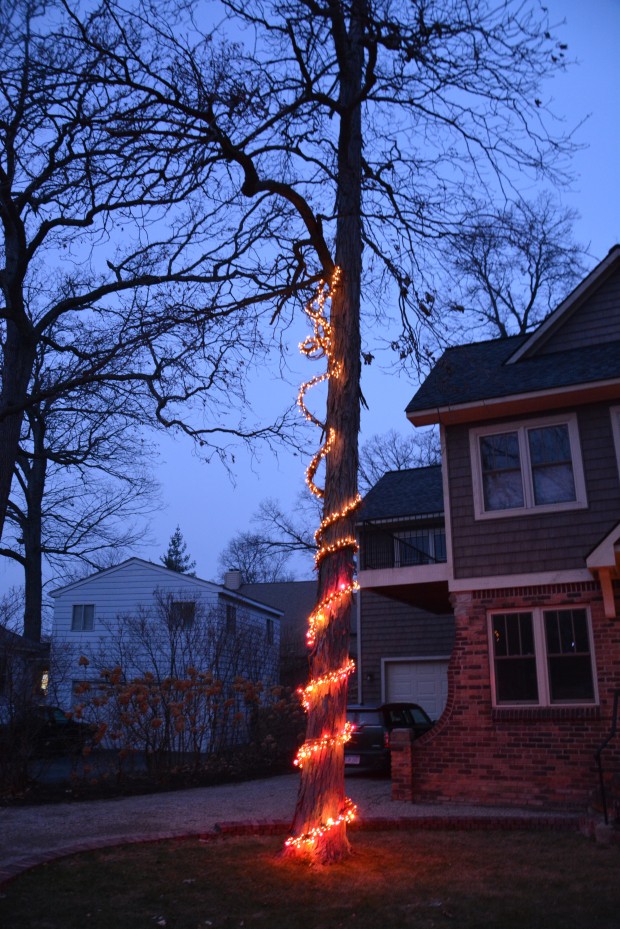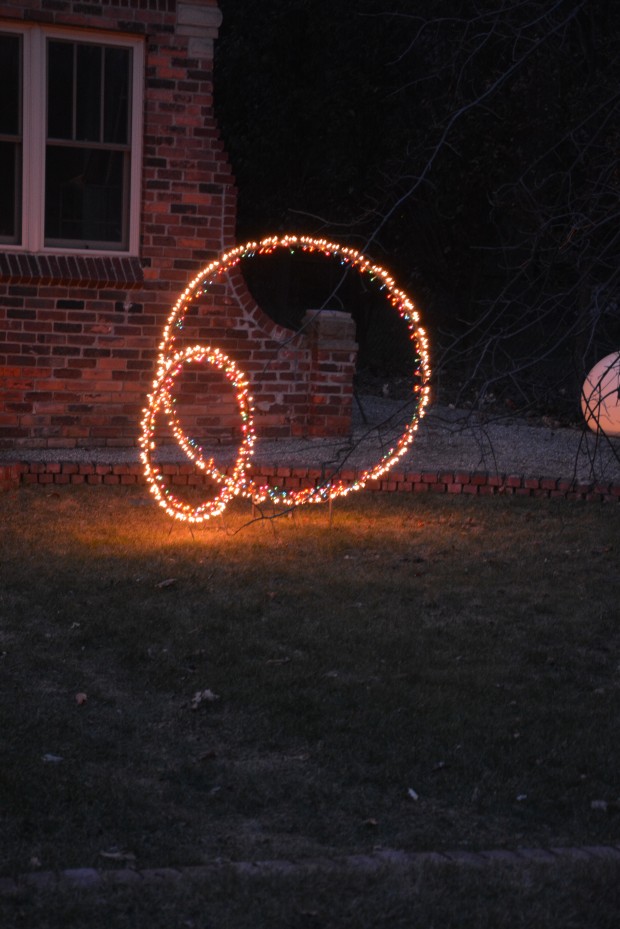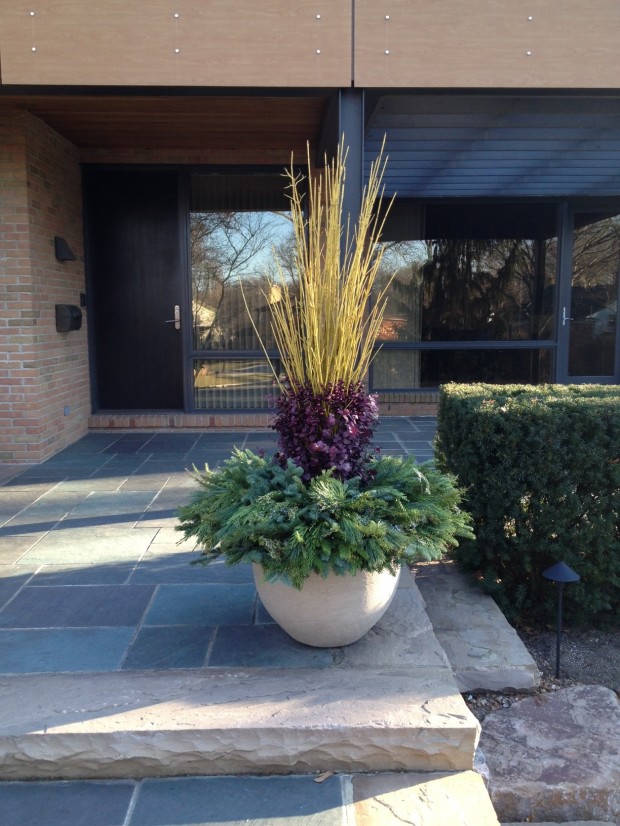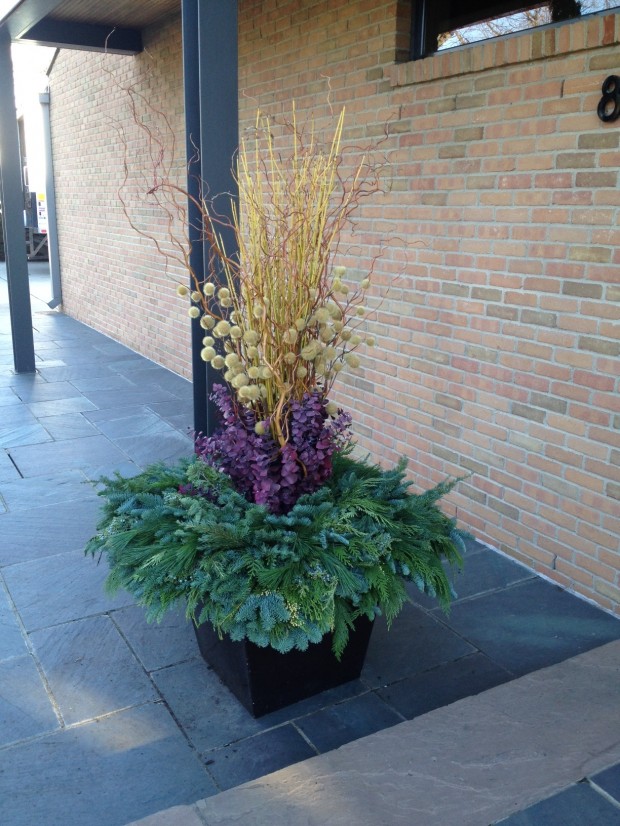 I have been planting spring containers for over a week now. Of course the earliest pots had the biggest restrictions as to what plant material will tolerate the chill. No one wants to haul their pots into the garage every night that the temperatures threaten to be below freezing. But every gardener is ready and willing to risk being out early. We have been stuck indoors too long. The pansies are incredibly cold tolerant, as are the kale and cabbages. Lettuce is fairly cold tolerant-but the leaves are very thin. They can suffer over a cold night. Parsley has thicker leaves-they shrug off the cold. Ranunculus do quite well outdoors in early spring, but their time is short. Love them while you can.
I have been planting spring containers for over a week now. Of course the earliest pots had the biggest restrictions as to what plant material will tolerate the chill. No one wants to haul their pots into the garage every night that the temperatures threaten to be below freezing. But every gardener is ready and willing to risk being out early. We have been stuck indoors too long. The pansies are incredibly cold tolerant, as are the kale and cabbages. Lettuce is fairly cold tolerant-but the leaves are very thin. They can suffer over a cold night. Parsley has thicker leaves-they shrug off the cold. Ranunculus do quite well outdoors in early spring, but their time is short. Love them while you can.
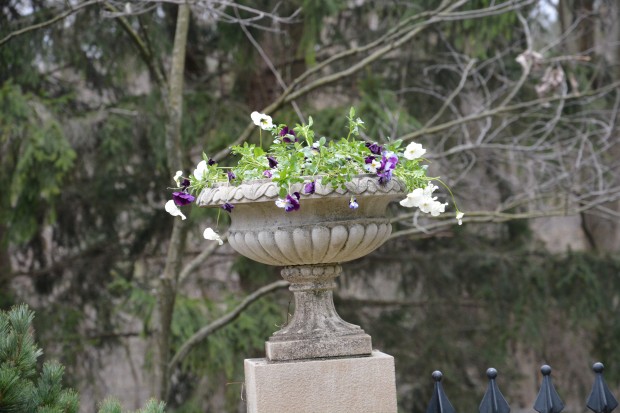 Trailing pansies are new to me. The Cool Wave series. I love the colors, and the lax habit of growth. They are great and graceful in urns. By mid June, these pansies will put on a lot of horizontal weight. This wispy look is fine for now, at a time when the garden is just beginning to wake up.
Trailing pansies are new to me. The Cool Wave series. I love the colors, and the lax habit of growth. They are great and graceful in urns. By mid June, these pansies will put on a lot of horizontal weight. This wispy look is fine for now, at a time when the garden is just beginning to wake up.
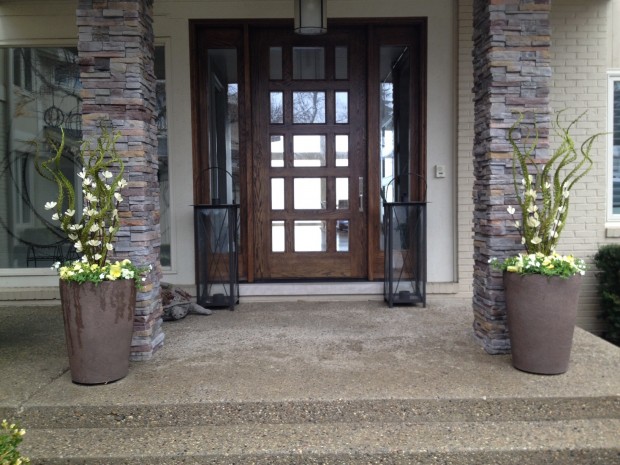 I will confess that I have a few trick up my sleeve for height in spring pots. I could plant 1 gallon pots of forsythia in spring pots, but a 1 gallon shrub takes up an enormous amount of space. Container space is at a premium. These pots got a spring look via some spiralled dry palm leaf stems and dry palm leaf flowers. Do I mind that these stems come from natural materials that are dry-no. The greater good is an expression of spring that delights the eye, and the heart.
I will confess that I have a few trick up my sleeve for height in spring pots. I could plant 1 gallon pots of forsythia in spring pots, but a 1 gallon shrub takes up an enormous amount of space. Container space is at a premium. These pots got a spring look via some spiralled dry palm leaf stems and dry palm leaf flowers. Do I mind that these stems come from natural materials that are dry-no. The greater good is an expression of spring that delights the eye, and the heart.
 Cut pussy willow stems are beautiful in spring pots. Though we get in loads of straight stems from our grower every spring, I value the home grown branched stems that have volume. This pot had alyssum and phlox intensia which is barely showing color. Another few weeks of warmer weather will mean growth. The plants we use in spring pots are cold tolerant, but it will take some warmth for them to grow.
Cut pussy willow stems are beautiful in spring pots. Though we get in loads of straight stems from our grower every spring, I value the home grown branched stems that have volume. This pot had alyssum and phlox intensia which is barely showing color. Another few weeks of warmer weather will mean growth. The plants we use in spring pots are cold tolerant, but it will take some warmth for them to grow.
 Spring flowering bulbs are actively growing, despite the cold. We do pot up lots of bulbs in the fall, as they are programmed to thrive in the early part of our gardening year. The small flowering bulbs are blooming in the garden right now. Having a pot full at the front door is all the more fun. From the time the tulips break ground, until the flowers open is an experience of spring not to be missed. This tulip, Jaap Groot, is a pale yellow, with dark yellow feathers. The cream colored edges on the leaves are beautiful, are they not? This pot looks good already. The joy and pleasure of growing any plant is much more than the story of the flowers.
Spring flowering bulbs are actively growing, despite the cold. We do pot up lots of bulbs in the fall, as they are programmed to thrive in the early part of our gardening year. The small flowering bulbs are blooming in the garden right now. Having a pot full at the front door is all the more fun. From the time the tulips break ground, until the flowers open is an experience of spring not to be missed. This tulip, Jaap Groot, is a pale yellow, with dark yellow feathers. The cream colored edges on the leaves are beautiful, are they not? This pot looks good already. The joy and pleasure of growing any plant is much more than the story of the flowers.
 I like mixing cut pussy willow stems, the early starts of romaine lettuce, and the pansies. This is a gesture that will only get better as the spring progresses.
I like mixing cut pussy willow stems, the early starts of romaine lettuce, and the pansies. This is a gesture that will only get better as the spring progresses. 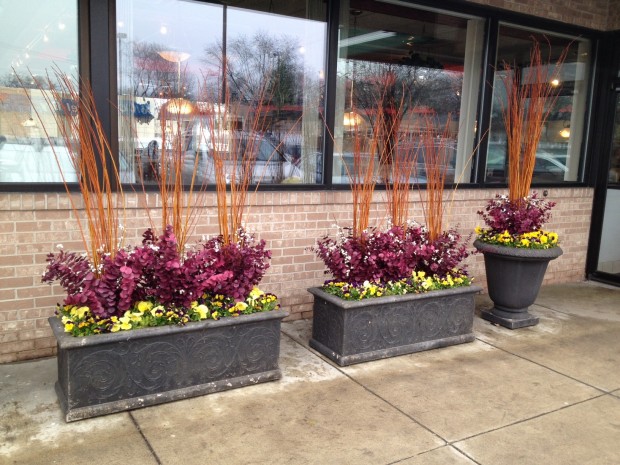
These centerpieces graced the winter pots for this client. I did not see a need to replace them for spring. They just needed a spring hug. I like when materials can be reused from one season to another.
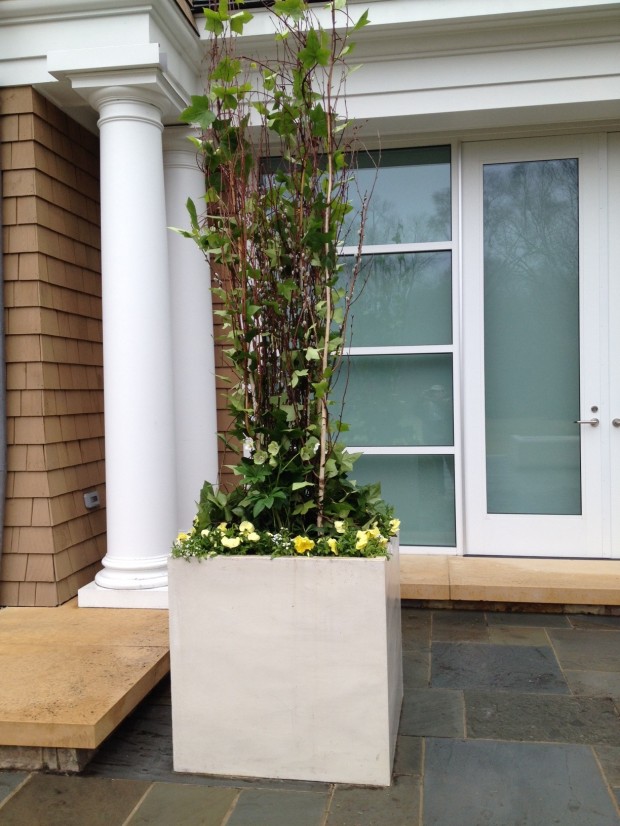 This spring pot features a pair of German ivy baskets whose long trailers were tied up into the birch branches that filled this pot for the winter. It will take a few days for the leaves of the ivy to turn back towards the light.
This spring pot features a pair of German ivy baskets whose long trailers were tied up into the birch branches that filled this pot for the winter. It will take a few days for the leaves of the ivy to turn back towards the light.
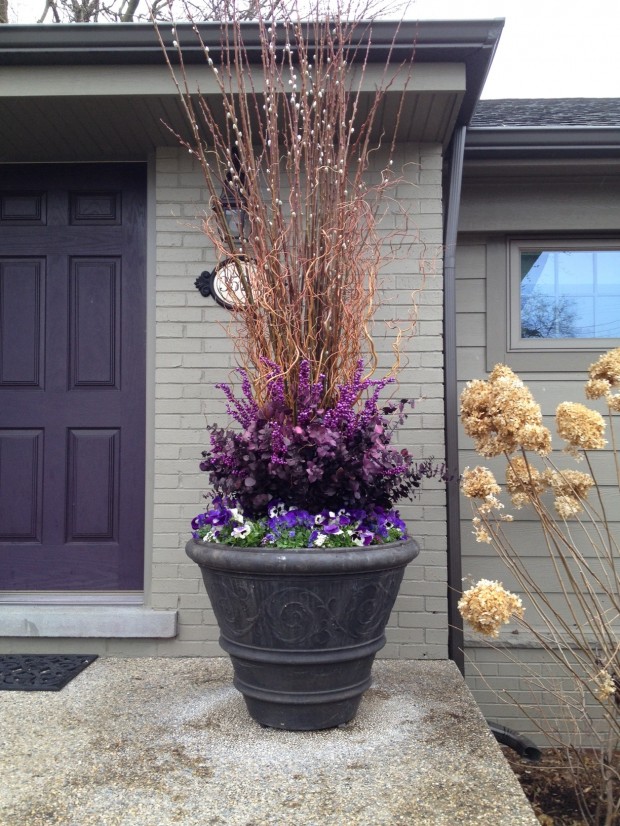 Twigs, whether they be fresh cut or dry, add some welcome volume to a pot that is freshly planted for spring. There is no need for any pot to sit empty in early spring. Though our greenhouses are filling up with summer flowering annuals, I like to take the time to enjoy the season at hand.
Twigs, whether they be fresh cut or dry, add some welcome volume to a pot that is freshly planted for spring. There is no need for any pot to sit empty in early spring. Though our greenhouses are filling up with summer flowering annuals, I like to take the time to enjoy the season at hand.
 There are plenty of plants to choose from-cold tolerant annuals, spring perennials, cold tolerant herbs and vegetables, and spring flowering shrubs. Just about anything green looks good.
There are plenty of plants to choose from-cold tolerant annuals, spring perennials, cold tolerant herbs and vegetables, and spring flowering shrubs. Just about anything green looks good.
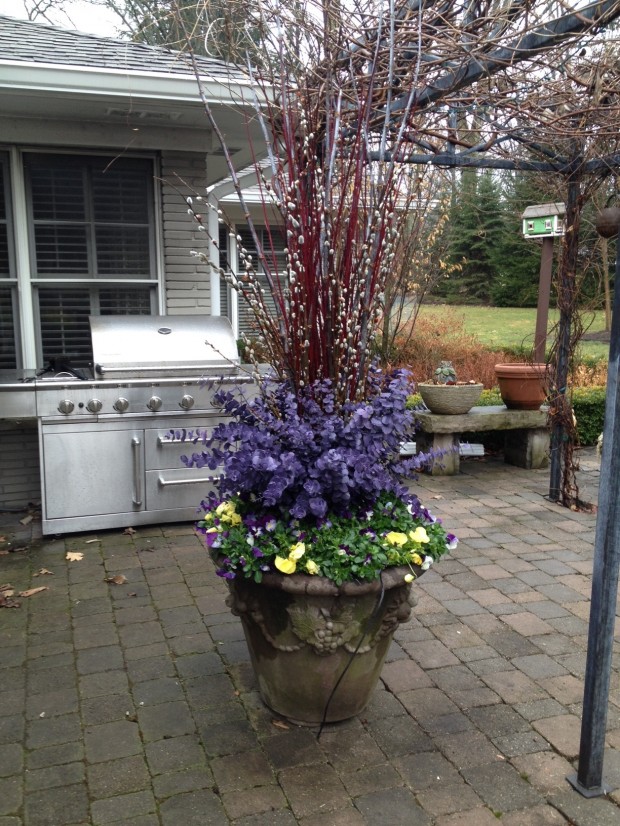 Putting ones hands in the soil of a container again feels great. It’s the first place I garden in the spring. I like to wait until the in-ground garden shows itself before I wade in. There are plenty of good reasons to plant for spring.
Putting ones hands in the soil of a container again feels great. It’s the first place I garden in the spring. I like to wait until the in-ground garden shows itself before I wade in. There are plenty of good reasons to plant for spring.
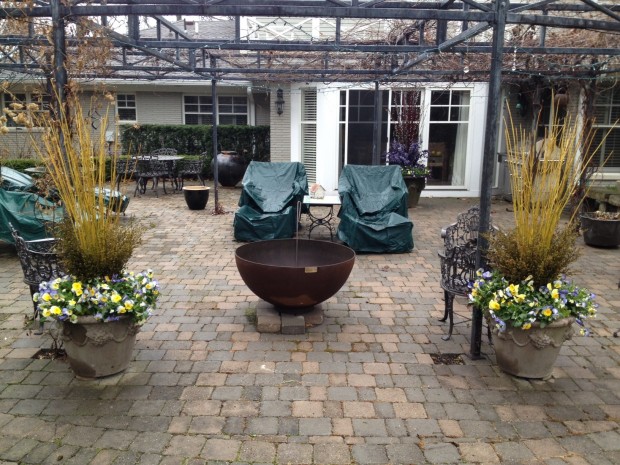 yellow twig dogwood and cool wave pansies
yellow twig dogwood and cool wave pansies
